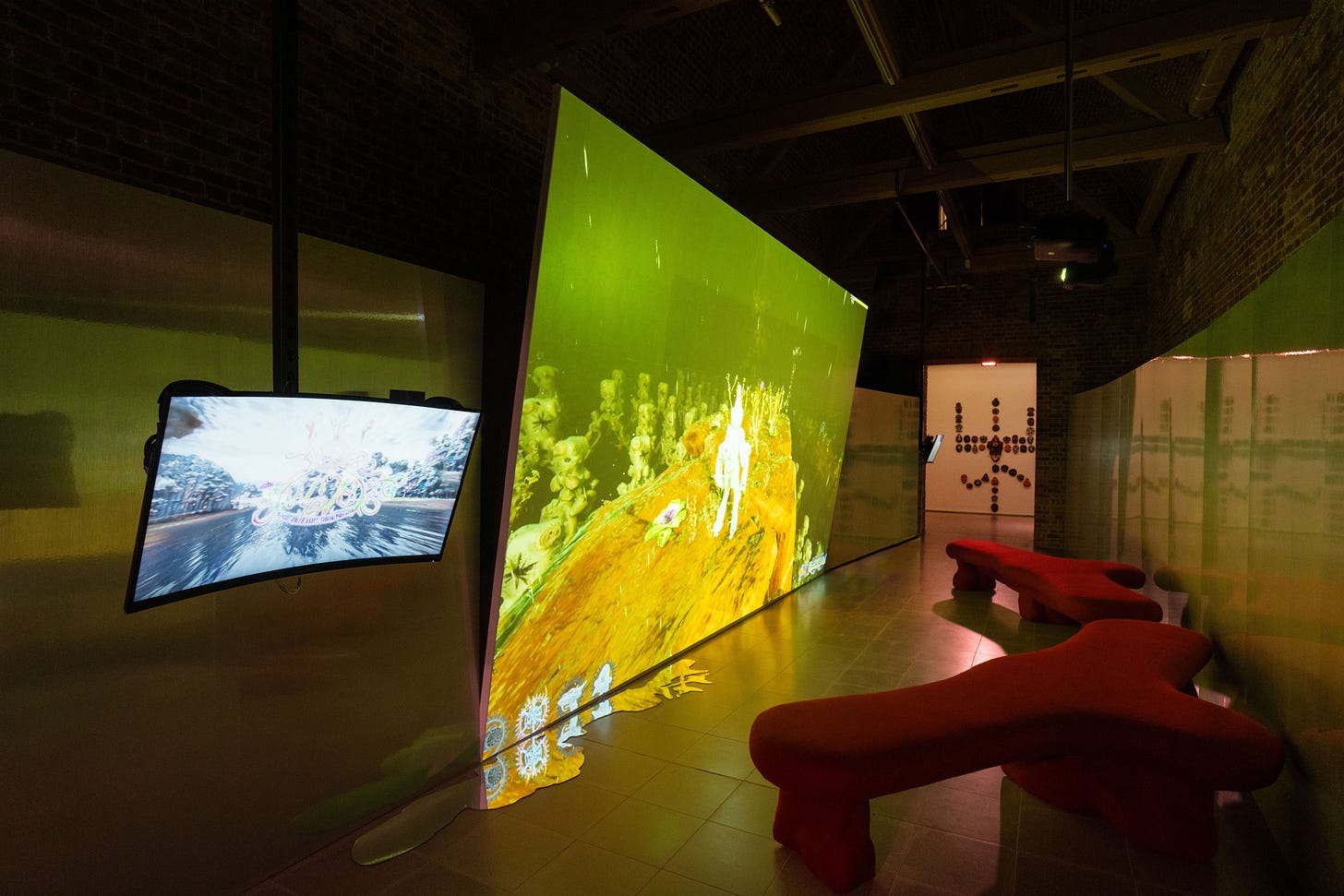Storied Textiles
EYES ON: William Morris’ Strawberry Thief
In the tech world’s favourite book of last year, Tomorrow, and Tomorrow and Tomorrow by Gabrielle Zevin, there’s a surprising reference to William Morris’ famous textile, Strawberry Thief. In a book that is more likely to describe the beauty of gaming worlds, the mention of the 19th century textile somehow fits right in.
In the book, the Strawberry Thief design is invoked by the textile designer/mother character, Mrs Watanabe, to make a point about the amount of time and effort necessary to craft something of such quality. The technique (indigo discharge) used to achieve this rich design was, at the time, groundbreaking. Morris’ first attempt to print the intricate design was in 1875, but he only succeeded in 1881.
WHY WE’RE WATCHING:
That’s all very interesting in itself (all seriousness). But what is more interesting is what Mrs Watanabe sets off with her reference to this old school craft. The design begins to pop up throughout the book in different forms.
In describing the painstaking design, and the use of those involved techniques, the book shows how a textile design could be created that is so pictorially dense, so full of life even in all its flatness, that it can inspire way bigger stories that escape the textile’s borders. Through its craft, a textile can hold the narrative complexity of a game. And in this book, it does.
A great, very real-world illustration of this is Sophia George’s Strawberry Thief. A game born directly from the story of the design, in which Morris’ birds come to life.
Digital Ruins
EYES ON: Joe Hamilton’s Close to Infinite
Close to Infinite is a video piece that takes us through a landscape of 3D rendered old buildings, covered in all sorts of overgrown and oversized plants, bathed in a thick pink end-of-day sunlight.
The video is meant to show the “various states of decomposition,” a result of “the impermanence of (all) structure and material.” Supposedly, the video has set out to convey the decrepit, the very real effects of time on matter (how things change shape, colour, etc.). And that’s weird, because nothing but the architectural styles in the video actually feel old (spot Stonehenge). Instead, the space feels more like the set of a new Gladiator film than a tale of decomposition. It’s more kitsch than it is about time.
This exact phenomenon is something that’s always been interesting to us — why choose to talk about the nature of materiality in a digital depiction? How can you make something digital actually feel old, when most digital things feel like they exist outside of time completely?
WHY WE’RE WATCHING:
First off. That name — Close to Infinite. How bold. How cool. And is maybe a clue to why this video feels so kitsch. It’s only close to infinite, only close to any time at all.
Although everything in the video dramatically “references” time — the old buildings, the overgrown nature, the big skies, the setting sun — none of it has any claim to its effects at all. It’s a video safari of old things, but because they are made digitally they exist in another realm completely.
So, with each sign of its digital-ness, the video slowly seems more and more ridiculous, with everything only pointing to BIG time and nothing creating an experience of that time.
Alternate (Game) Worlds
EYES ON: Third World: The Bottom Dimension by Gabriel Massan and collaborators
Third World: The Bottom Dimension is a video game currently on view at The Serpentine Gallery in London. It’s “on view” in that the exhibition offers up more than the game itself, showing video pieces and sculptures that further fill out the world of this jaw-droppingly beautiful game.
Called Third World (as in the old-timey term for undeveloped countries), the game “explores the Black Brazilian experience as it intersects with the impacts of colonialism.” And as descriptions go, this is a rather good one, as that’s actually what’s going on. In the role of the gamer, you are forced to actively explore.
WHY WE’RE WATCHING:
When asked about the work, Massan says, “I want to create the experience of walking through possibilities and memories of life and narrative.” Games make that possible by offering an opportunity to experience a world from someone else’s perspective.
For some context, the exhibition touches on the use of the gaming format as a means of unpicking the story of colonial Brazil. At one point, the wall text references the Brazilian philosopher Paulo Freire who argued that personal narratives can be used constructively to help people imagine alternative scenarios for how their lives could play out differently. For that purpose, gaming is the perfect tool. And through the infectious fun of engaging in an alternative story, Third World proves that out.













